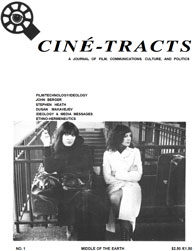Today's designers are helping to transform the way the National Health Service (NHS) works with a range of 'human-centred' techniques that are unique to health-related environments.
The NHS is wising up to the value offered by the design industry: everything from improving the accuracy of surgical instruments, developing usable software that reduces clinical errors, and designing furniture that reduces MRSA, through to improving the patient experience by helping to design the ways in which non-clinical care is provided.
A new breed of designers have realised they can do more than the glossy consumer-brand work that might have otherwise filled their portfolios. They are bolstering their optimism, creativity and visualisation skills with a whole host of human-centred techniques unique to public sector design.
These advocate observation over assumption; facilitate collaboration between staff and patients; and prototype ideas so they can be seen, felt and tested in realistic contexts.
 Wednesday, March 10, 2010 at 11:32PM
Wednesday, March 10, 2010 at 11:32PM 

